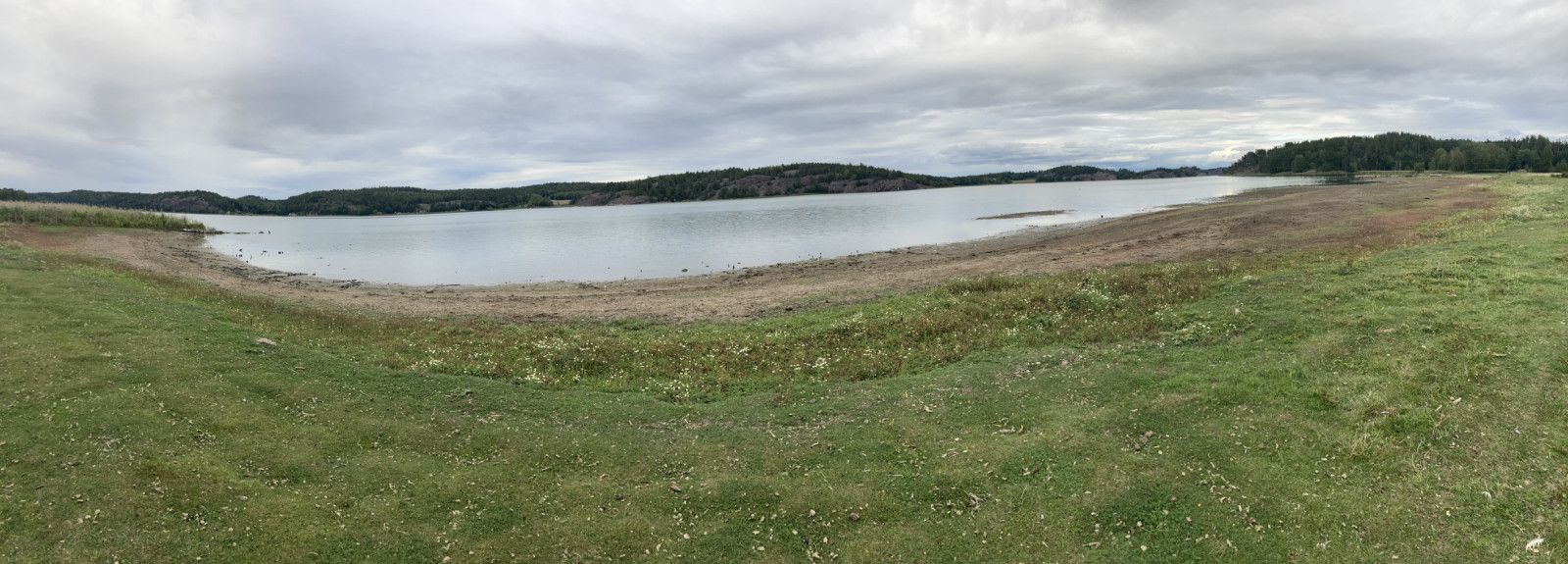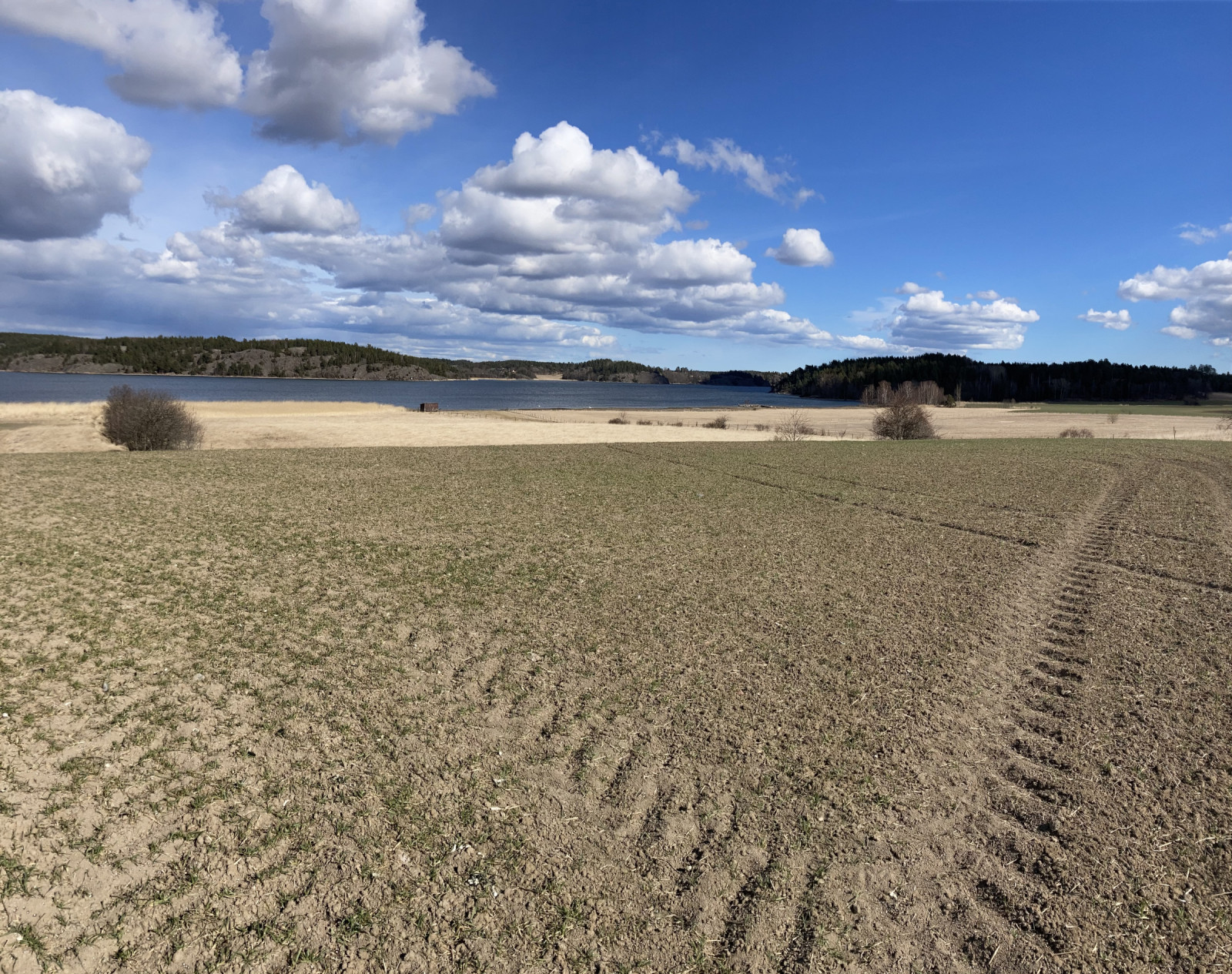Description
The birds start to arrive at Killingholmen in February when the ice starts to loose its grip on the coastal waters. Then ducks start to rest in the shallow parts of the bay; цуцулест кожувар (at most 100) and around 1000 голем северен нуркач can be found. Also the rarer winter ducks like патка берија, црвеноглав кожувар, бел нуркач, морски кожувар and среден северен нуркач. A few hundred geese and around 100 жолтоклун лебед feed on the areas fields and coastal meadows around march. In March the other early spring birds also arrive; полска чучулига, гулаб гурмиш, обичен сколовранец and калуѓерка. In spring you can find мустаклеста сипка in the reed beds.
Year round јастреб врапчар, белоопашест орел and глувчар are the common predatory birds. But златен орел, Полска еја and црвена луња pass by the area. Most common passerine birds arrive in March/April. Slätbaken is a stopping point for passerine birds, which makes it common to find uncommonly early шумска чучулига and имелов дрозд.
From late February and in March the owls in the area can be heard calling. Шумски (Обичен) був Планински кукумјавка and був are sometimes heard. In March more geese start to arrive and not only the common Canada Goose and дива гуска. Also белочелна гуска (at most 67) and Barnacle Goose (at most 100). Палска (Посебна) гуска, Tundra Bean Goose and Pink-footed Goose are sometimes found. Also мал лебед has been observed.
On the coastal meadows large amounts of passerine bird start to rest in the end of March and in April. ливадска трепетилка, бела тресиопашка, конопјарче are the most common. Among these Rock Pipit is regularly seen. In the large grassy areas блатен був can be found. On the coastal meadows речна тринга, шарена тринга, црвенонога тринга, патка свиркач, сива патка, патка лажичарка, шумска тринга, златно блатарче, обична бекасина and цуцулест нуркач. Most common dabbling ducks are found but only патка берија is numerous (at most 70). At the Torpa damm патка крецка and патка ластовичарка have been seen, along with smaller amounts of other ducks.
In april large amounts of thrushes move past the fields and coastal meadows. Hundreds of дрозд пејач, лисест дрозд, дрозд боровинкар and имелов дрозд are seen. In the end of May and April most birds disappear, except for the breeders.
In May the latest passerine birds, and night active birds arrive. On the fields ливадска еја, сив сокол and крекс are found. мал црногрб галеб sometimes rest on the coastal meadows in May. Common Rosefinch often sings here. On the meadows Barnacle Goose, дива гуска, Canada Goose, сива патка, црвенонога тринга, калуѓерка, цуцулест нуркач, цуцулест кожувар, четириока патка and црна лиска breed. In the area мал клукајдрвец, обично страче, патка берија and жолтоклун лебед breed. At Storåns river mouth you can observe рибарче.
During autumn Hov strandängar becomes better for birding. From July the area is a good site for wading birds such as калуѓерка, голем српоклун свиркач, среден пескар, мал пескар, речна тринга, обична бекасина, златно блатарче, зеленонога тринга, црвенонога тринга, бојник, шумска тринга and шарена тринга. These are all common, while мал свиркач, обичен свиркач, шарен српоклун свиркач, белоопашест свиркач and белокрстен свиркач are more rare.
Other wetland birds are often found. Among the rarer birds рибарче, касписка рибарка, Синогушка and голема бела чапја can be noted. Large amounts of gulls, geese and terns can be found, especially дива гуска which some years have been found as numerous as 3000.
Large amounts of passerine birds are found in the meadow areas. The most numerous passerine birds are билбилче (250 at most), селска ластовичка (500 at most), обично ливадарче, обично камењарче, обичен сколовранец (600 at most). Later in autumn мал нуркач, мала бекасина, нордиско конопјарче, ушест нуркач, бел нуркач and морски кожувар are sometimes found.
Details
Access
Inre Slätbaken is located east of the town of Söderköping. Parking can be found around Hov and several other places. Click on a P in the map for directions to a parking spot.





